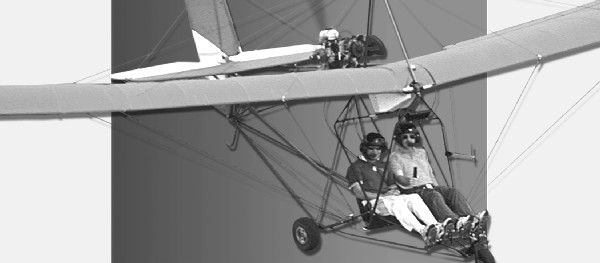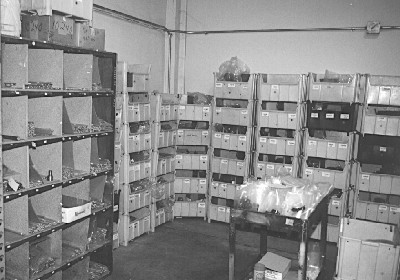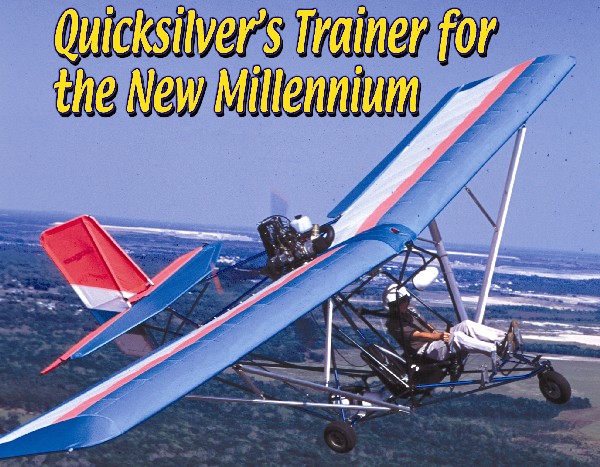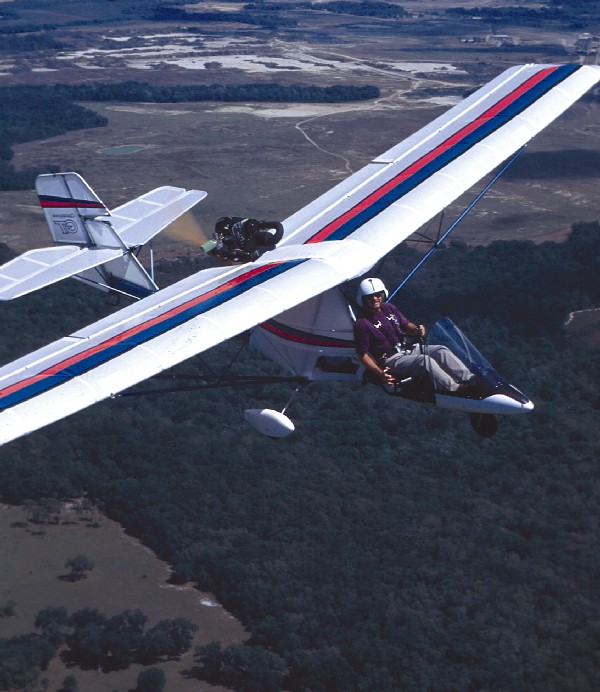
You’ve heard it before: Quicksilver is back! Again and again we’ve heard this, yet it seemed to be an apparition, a mirage in the desert. As soon as you thought the company had put its financial affairs in order, along came another disappointing tale of what was politely called “corporate restructuring.” In fact, the changes were often more provocative than substantial, but they gave the impression of a company that had lost its way. The worst thing that happened was that customers became unsure if they should send deposit money. This was not a good place to be in the ultralight industry. Companies work hard to establish good reputations. They know those good vibes can disappear as quickly as a wing nut in tall grass. The 1999 reincarnation of the company is called Quicksilver Manufacturing. Previously, the company had been called Quicksilver Enterprises and Quicksilver Aircraft (and before that a series of Eipper iterations, named after founder Dick Eipper).



































